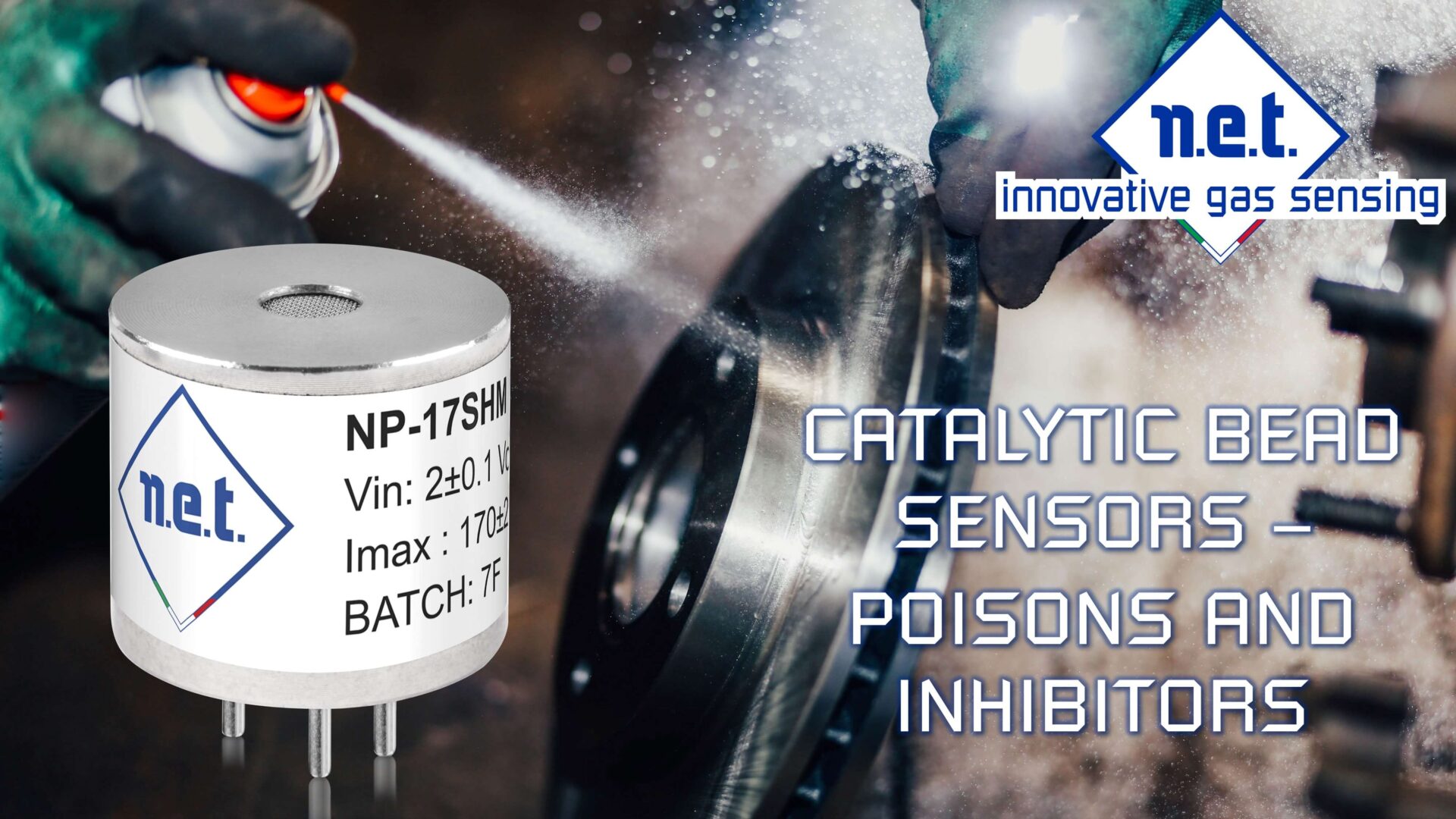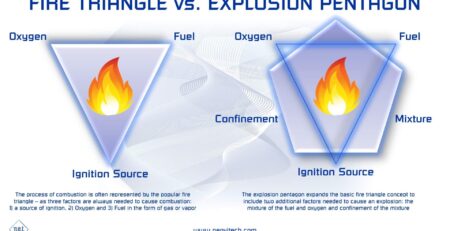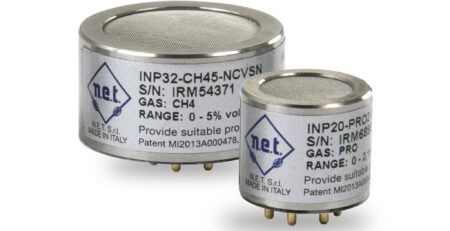CATALYTIC BEAD SENSORS – POISONS AND INHIBITORS
A Pellistor, or catalytic bead sensor, monitors the presence of a combustible gas or vapor in air (or atmospheres containing oxygen) up to the Lower Flammable Limit (LFL).
A Pellistor operates on the principle that when a combustible gas/air mixture is in contact with the catalyst surface, maintained at about 500°C as current is passed through it in a Platinum coil, combustion occurs. The heat generated increases the temperature of the bead, which in turn changes the resistance of the coil. The resistive signal change produced is proportional to the gas concentration and can be measured by using the coil as a temperature thermometer in a standard Wheatstone bridge circuit.
The performance of Pellistors may be permanently or temporarily impaired in presence of substances, called Poisons or Inhibitors. Poisons and inhibitors, in fact, can adhere to the catalyst surface, preventing the gas from combusting, or reducing the combustion, which can of course influence readings and alarm generation. This is evidently an unsafe situation, as the sensor becomes irresponsive to the target gas and only a bump test or a calibration can reveal such condition. It is therefore essential performing frequent sensor testing in potentially poisonous environments. Even more advisable in such environments is considering the use of NDIR sensors, which are not influenced by poisons or inhibitors and are able to detect a large number of combustible gases.
Conventionally, we call Poisons those substances which immediately and permanently cause sensor failure and Inhibitors those which reduce sensor response or cause temporary irresponsiveness but allow the sensor to recover – generally after recalibration or, in some cases, after clean air exposure.
It must be noted that also very high exposures to combustible gases (generally, above the LEL) can have a poisoning effect on catalytic sensors, due to the build-up of carbon soot on the catalyst surface and even destruction of the surface itself.
Typical Poisons
Silicones, Silanes and Silicates found in oil, greases, lubricants, floor wax
Mercaptans: Used as odorant for natural gas
Lead containing compounds: such as tetraethyl lead in gasoline
Typical Inhibitors
Sulphur containing compounds such as H2S and SO2.
Chlorinated hydrocarbons frequently found in solvents
Fluorinated gases used in refrigeration









